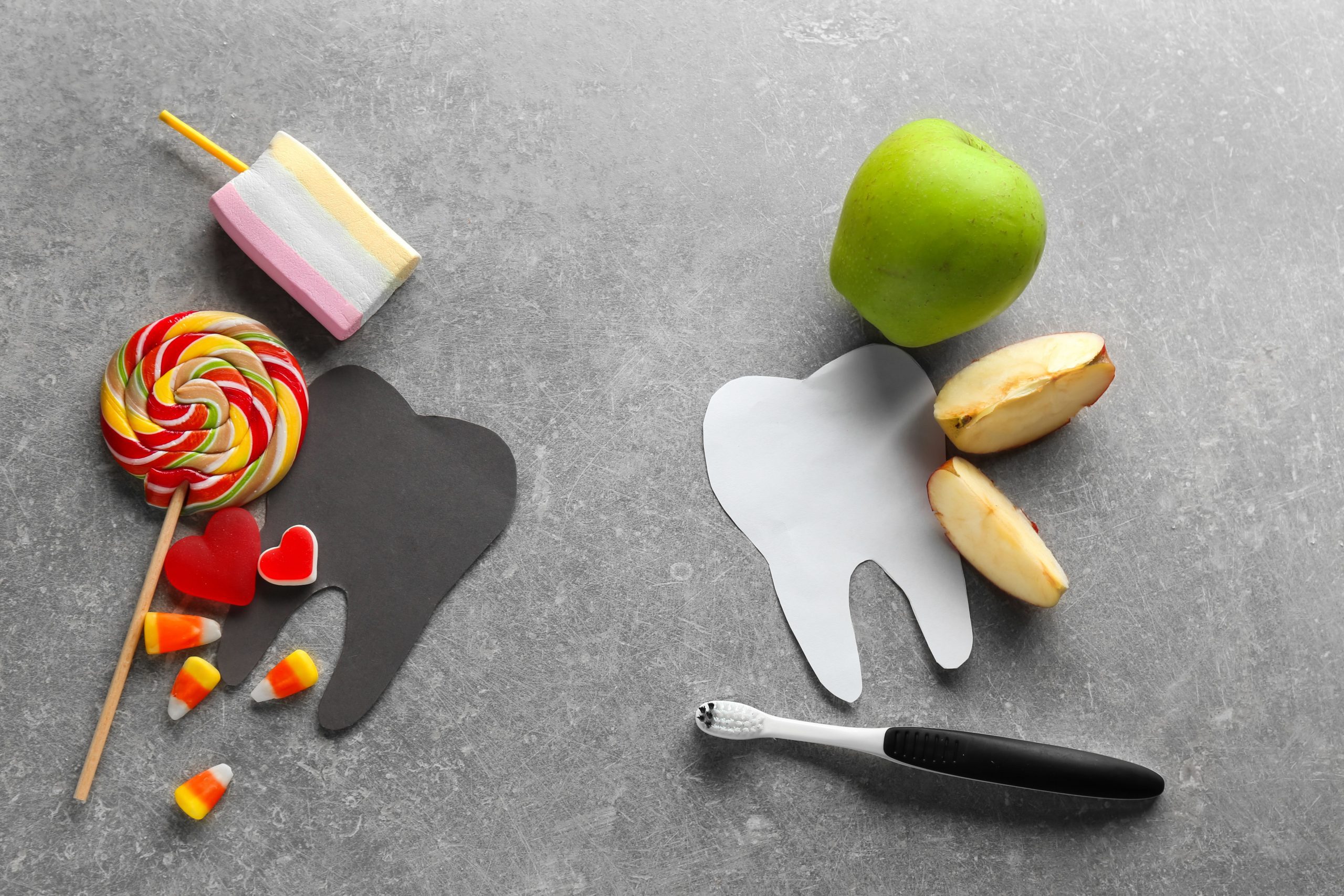Dietary patterns associated with dental caries in adults in the United States
While the process of tooth decay (dental caries) is said to be influenced by diet, Blostein et al. (2020) hypothesize that dietary patterns may be important predictors of caries. This study collected the data of 4467 people (18+ years old) in the U.S. that participated in the 2013-2014 National Health and Nutrition Examination Survey. 24-hour dietary recalls allowed the respondents’ diets to be divided into 3 dietary patterns, while their previous caries experiences were also recorded. Although the 18-30 and >30 age groups possessed similar dietary patterns, the prevalence of decayed, missing and filled teeth (DMFT) scores>0 and the median DMFT scores were higher in those older individuals (>30 years old). Furthermore, no dietary habit was associated with higher prevalence or severity of dental caries experience. Whereas the prevalence of DMFT>0 among those over 30 years old tended to rise as the intakes of sugar-sweetened beverages and sandwiches increased. In fact, there was a 6% higher incidence of dental caries experience in those individuals in the quartile with the highest level of sugar-sweetened beverage and sandwich consumption, compared to those in the lowest quartile. To summarize the results, dietary patterns were related to prevalence of dental caries experience, with varying risk depending on age. Although food groups high in sugar were linked with caries prevalence and severity, this study concluded that more prominent relationships were with the overall diet. [NPID: sugar, oral health, tooth decay, dental caries, sugar-sweetened beverages, SSB, sandwiches]
Year: 2020
 Navigation
Navigation






